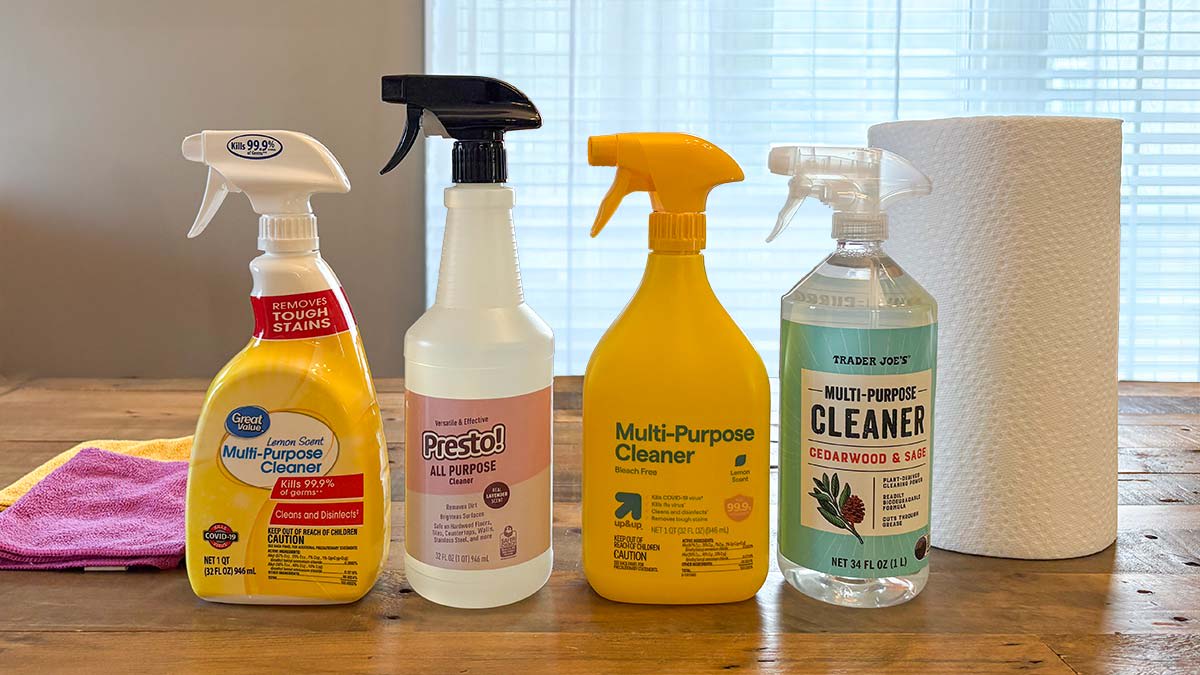Why You Cough When You Exercise in the Cold

We may earn a commission from links on this page.
It’s great to go for a run on a crisp fall day. There’s a chill in the air, a spring in your step, and—what’s this?—a hacking cough. Maybe a little wheezing. No, you’re not suddenly out of shape. Coughing after exercise in the cold is more common than you’d think, and you’re not the only one.
I’m going to discuss a couple of reasons this coughing can happen, but chief among them is exercise-induced asthma. Don’t stop reading! This is far more common, and more underdiagnosed, than a lot of athletes and recreational exercisers realize. Surveys have found that 8% or 16.5% of Olympic athletes (depending on the study) have asthma, with the condition being more common in the sports that you would think trigger asthma symptoms the hardest. So if it turns out you’re among them, you’re in good company.
(As an aside, scientists have plenty of competing theories for why elite athletes so commonly have asthma. One theory is that exercise itself triggers them to develop asthma, which seems backwards from other studies that find exercise tends to improve asthma symptoms. Another possibility is that asthma gives athletes an edge somehow. My own pet theory is that elite athletes have the same prevalence of asthma as the general population, but they’re just more likely to get a diagnosis. Us regular folks tend to assume we’re just out of shape and might as well not bother exercising if we’re going to cough every time we do it.)
You might have asthma (even if you are sure you don’t have asthma)
All my life, I would cough after hard exercise, especially in the cold, but I had never been diagnosed with asthma. I certainly wasn’t one of those kids who had to carry an inhaler around. I could exercise just fine in the summer, and the cough didn’t slow me down much in the winter. Clearly not a medical issue, so I figured I was probably just more out of shape than I thought.
It wasn’t until I was in my thirties that it dawned on me that maybe I did have asthma. I discovered this thanks to a cough, unrelated to exercise, that was lingering even after I’d recovered from the infection that caused it. My mother suggested asking my doctor for an inhaler. Not only did that clear up the illness-related cough, I also realized that I could use my inhaler to relieve, or even to prevent, the coughing I would get after running hill repeats. Huh.
I asked a doctor about this later, and laid out my symptoms: I cough and wheeze (hearing a whistling sound as I breathe) after exercise that is very hard, or that happens in the cold, and it’s worse if those two factors are combined. It’s less likely to happen if I take a long time to warm up, or if I cover my mouth and nose with a scarf. It tends to happen less often when I’m in the habit of running often. Bingo—that’s a perfect match for exercise-induced asthma.
Doctors will debate the best name for this condition. You might be told you have exercise-induced asthma (EIA), exercise-induced bronchoconstriction (EIB), or they might just say it’s asthma, no extra adjectives needed. The way I usually describe it, when asked, is that I have mild asthma that gets triggered by exercise in the cold.
What exercise-induced asthma (EIA or EIB) looks like
The typical symptoms of this type of asthma, according to the American Academy of Allergy, Asthma, and Immunology, include:
-
Wheezing after exercise
-
Coughing after exercise
-
A feeling of tightness in your chest after exercise
-
Shortness of breath after exercise
-
Chest pain (although this is rare) after exercise
Chest pain and shortness of breath can be signs of other, more serious conditions, so please get checked out if your symptoms are severe or if you have other health concerns.
The symptoms of exercise-induced asthma typically show up five to 20 minutes after exercise (so you may feel fine at first, and then start coughing) but they can also happen during exercise, as I’ve experienced in the back half of some of my longer runs.
What triggers exercise-induced asthma
Many people with exercise-induced asthma don’t have asthma symptoms in any other part of their lives, and only see it show up during exercise. Others, like me, might have other triggers (like allergies or respiratory infections). And, of course, if you have asthma that affects your whole life you may find that exercise makes it worse. Whichever you are, you may find that these are the things that cause or worsen your symptoms, again according to the AAAAI:
-
Cold weather, especially when the air is both cold and dry
-
Dry air (I learned the hard way not to do HIIT on an airbike)
-
Intense intervals, especially without a warmup
-
Being out of shape
-
Poorly controlled nasal allergies
-
Vocal cord issues
You may find that you’re more likely to experience symptoms when air pollution or pollen count levels are high.
How to keep asthma symptoms from flaring up during exercise
First, talk to a doctor if at all possible. They may test you for asthma, and you may end up discussing allergies as well (since removing allergy triggers may help your asthma symptoms). For some of us the office visit may be as simple as describing what you experience and going home with a prescription for an inhaler to see if that helps. If your asthma is more involved, there may be other medications discussed.
Regardless of what happens at the doctor’s office (or whether you’ve visited one yet), here are some things that tend to help prevent or manage the coughing and wheezing:
-
Cover your mouth and nose when you exercise in the cold (a cloth face mask is great for this, or use a scarf or a buff).
-
Breathe through your nose instead of your mouth, as much as possible. (Your nose warms the cold air before it hits your lungs.)
-
Do a thorough warmup before attempting any hard exercise. Think 20 minutes gradually ramping up, with some brief sprints toward the end of the warmup. (These sprints may actually prevent you from wheezing later in the workout.)
-
Keep an eye on the air quality index, and consider exercising indoors when pollution, pollen, or smoke levels are high.
-
Avoid very cold or dry weather.
-
Use your inhaler as prescribed. You may be advised to take two puffs of your blue/rescue inhaler about 20 minutes before exercise.
This one isn’t in the official tips, but I personally tend to avoid anything that will blow air in my face during exercise. That means no airbikes, especially for hard exercise like Tabata sprints, and I’d rather use a handheld fan on my neck than point a box fan directly at my face while I’m on a treadmill or spin bike.
Other conditions that can make you cough during exercise
There are also other reasons you might cough and wheeze during exercise. Here are some of the others that may help you, that are not the same as exercise-induced asthma.
-
Track hack. A “pursuiter’s cough” or “track hack” is coughing that occurs after exercise, but doesn’t include wheezing and usually isn’t severe enough to require treatment. If you just get an occasional phlegmmy cough that doesn’t really bother you, no biggie. Keep on running.
-
If you have a cold, or if your allergies are acting up, that can also interfere with your breathing. (It can also trigger exercise-induced asthma if you’re already prone to it.)
-
Exercise-induced laryngeal obstruction (EILO) occurs when your vocal cords block your airway, instead of moving to keep the airway open like they’re supposed to do during exercise. Cases of EILO are sometimes misdiagnosed as EIB, so speak up if your EIB treatment isn’t working, because it may not be EIB after all.
-
Some heart conditions can cause symptoms including shortness of breath and pressure in the chest. Get checked out if there’s any chance this is the case.
If you have exercise-induced asthma, you probably recognized yourself in the descriptions of the symptoms above. If not, consider whether your cough might be caused by one of the causes above. And please, if you have any doubts about what it is (or if you think you could benefit from medication), seek medical care so you can get things sorted out.











